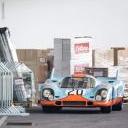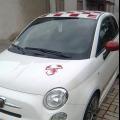Jeep Grand Cherokee fallisce il Test dell'Alce rischiando il ribaltamento? Non più... (03-01-2014)
-
Contenuti simili
-
[USA] Jeep Grand Cherokee e Grand Cherokee L Facelift 2025 (Spy) 1 2
Pubblicato da __P,
- 17 risposte
- 3625 visite
-
Jeep Grand Cherokee 2022 1 2 3 4 40
Pubblicato da j,
- trailhawk
- grand cherokee 2022
- (e 8 altri in più)
- 394 risposte
- 85782 visite
-
[USA] Jeep Grand Cherokee L 2021 1 2 3 4 39
Pubblicato da Bare,
- grand cherokee 2021
- jeep grand cherokee
- (e 8 altri in più)
- 389 risposte
- 75430 visite
-
-
-






.thumb.jpg.902d2a4f20a129e92b6f6920407b81bd.jpg)





















Messaggi Raccomandati:
Crea un account o accedi per lasciare un commento
Devi essere iscritto per commentare e visualizzare le sezioni protette!
Crea un account
Iscriviti nella nostra community. È facile!
Registra un nuovo accountAccedi
Sei già registrato? Accedi qui.
Accedi Ora